![https://ik.imagekit.io/tvlk/image/imageResource/2022/08/01/1659332691023-9d6801e35c6b60defc038acb275be470.png?tr=q-75]() Cheap flights to Japan
Cheap flights to Japan
Need inspiration? Search for flights to anywhere
Flight Deals from Singapore
Air ticket to Japan
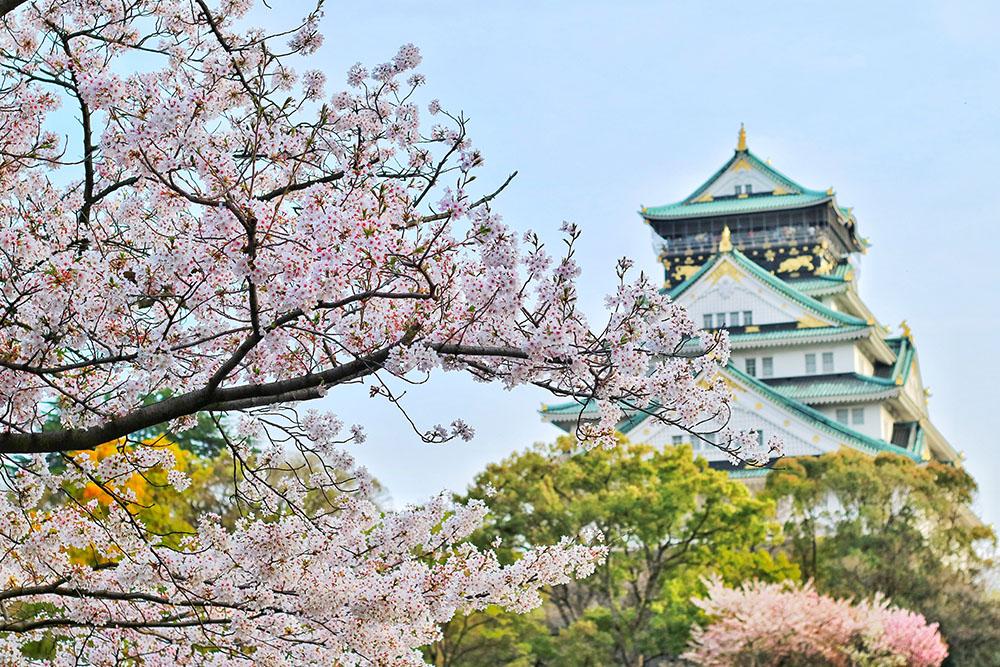
FAQ When Booking Flight Tickets to Japan
-
How to buy a ticket to Japan?
-
Can I fly directly to Japan?
-
How long does it take to fly to Japan?
-
What are the airlines that fly to Japan?
What Are the Most Searched Destinations Outside Japan’s Major Cities?
-
Kyoto
Kyoto is a city famous for its beautiful cultural and historical heritage. Many tourists visit historic shrines such as Kinkaku-ji Temple's Golden Pavilion, Kiyomizu-Dera Temple, and Fushimi Inari Taisha, known for its red torii gates. Kyoto is also famous for its geisha tradition; experiences are available by dressing up as a geisha or attending traditional performances.
-
Nara
Nara is another city known for its history and cultural heritage. One of the top attractions in Nara is Nara Park, home to hundreds of tame deer. You can visit the famous Todai-ji Temple with its Big Buddha statue and tour the other temple areas here.
-
Hiroshima
Hiroshima is an important historical place as the city was the target of the atomic bomb during World War II. Tourists often visit the Hiroshima Peace Memorial Park and the Hiroshima Peace Memorial Museum to learn about history and honor the victims.
-
Nikko
Nikko is a beautiful city with incredible cultural and natural treasures. The most famous site in Nikko is the Toshogu Shrine, the tomb of Tokugawa Ieyasu, the founder of the Tokugawa Shogunate. This temple is a UNESCO world heritage site. Nikko is also known for its beautiful natural scenery, including the spectacular Kegon Falls.
-
Hakone
Hakone is a popular destination for relaxing in hot springs (onsen) and viewing Mount Fuji. In Hakone, you can enjoy a trip by cable car, boat, and a special train called "Romancecar." There are also fascinating art museums, such as the Hakone Open-Air Museum.
What is the Main Airport in Japan?
- Tokyo Narita International Airport (NRT) Located 60 kilometers east of downtown Tokyo, Tokyo Narita International Airport is the main airport serving the greater Tokyo area. It is the main gateway for many international flights to Japan.
- Tokyo Haneda International Airport (HND) Located near downtown Tokyo, Tokyo Haneda International Airport is the second largest airport in the Tokyo area. Apart from serving domestic flights, Haneda also serves international flights, including short and medium-haul flights to Asia and other regions.
- Osaka Kansai International Airport (KIX) Located in Osaka Prefecture, Kansai Osaka International Airport is the main airport in the Kansai region. It serves international and domestic flights and is the main entry point for tourists visiting Osaka, Kyoto, and Nara.
- Chubu Centrair Nagoya International Airport (NGO) Located in Aichi Prefecture, Chubu Centrair Nagoya International Airport is the main airport serving the Chubu region of Japan. The airport serves international and domestic flights and is an important hub for connections to destinations within and outside Japan.
Travel to Japan, What to Prepare?
Australians traveling to Japan need to prepare a few important things. First, make sure to have a valid passport during the trip. Additionally, check if a visa is required based on the type of visit and length of stay in Japan before leaving. Having a valid air ticket, arranging travel insurance, and securing accommodation in Japan is also essential. Preparing a detailed itinerary, researching domestic transportation, and learning about Japanese culture, customs, and etiquette helped prepare for the trip.
Time Difference Between Australia and Japan
Note that the time difference between Australia and Japan varies depending on the time zones of each country. Generally, the time difference between Eastern Australia (e.g., Sydney, Melbourne) and Japan is about 1 hour. However, the time difference may vary due to changes in summer and winter and time zone differences in Central and Western Australia.
Best Things to Do in Japan
- Exploring Tokyo Visit this bustling capital city and explore districts like Shibuya, Shinjuku, and Akihabara. Enjoy busy city life, shop at famous stores, try local food, and explore beautiful temples and parks such as Meiji Shrine and Ueno Park.
- Enjoying the View of Mount Fuji Enjoy the iconic beauty of Mount Fuji, the highest mountain in Japan. You can take the train to see it up close, explore Lake Kawaguchi, or climb to the top if the weather permits.
- Relax in a hot spring (onsen) Enjoy Japanese traditions by visiting the onsen and hot springs. There are many places throughout Japan where you can soak your body in hot water and enjoy the serene atmosphere.
- Taste Japanese culinary Japan is famous for its delicious food. Try fresh sushi, ramen, soba, tempura, yakiniku and many more. Explore food markets like Tsukiji Fish Market in Tokyo or Fushimi Inari in Kyoto to sample authentic local food.
- Attend a traditional festival Japan has many interesting traditional festivals. You can experience Japanese culture and traditions by attending Hadaka Matsuri in Okayama, Gion Matsuri in Kyoto, and the Sapporo Snow Festival in Hokkaido.

FAQ When Booking Flight Tickets to Japan
-
How to buy a ticket to Japan?
-
Can I fly directly to Japan?
-
How long does it take to fly to Japan?
-
What are the airlines that fly to Japan?
What Are the Most Searched Destinations Outside Japan’s Major Cities?
-
Kyoto
Kyoto is a city famous for its beautiful cultural and historical heritage. Many tourists visit historic shrines such as Kinkaku-ji Temple's Golden Pavilion, Kiyomizu-Dera Temple, and Fushimi Inari Taisha, known for its red torii gates. Kyoto is also famous for its geisha tradition; experiences are available by dressing up as a geisha or attending traditional performances.
-
Nara
Nara is another city known for its history and cultural heritage. One of the top attractions in Nara is Nara Park, home to hundreds of tame deer. You can visit the famous Todai-ji Temple with its Big Buddha statue and tour the other temple areas here.
-
Hiroshima
Hiroshima is an important historical place as the city was the target of the atomic bomb during World War II. Tourists often visit the Hiroshima Peace Memorial Park and the Hiroshima Peace Memorial Museum to learn about history and honor the victims.
-
Nikko
Nikko is a beautiful city with incredible cultural and natural treasures. The most famous site in Nikko is the Toshogu Shrine, the tomb of Tokugawa Ieyasu, the founder of the Tokugawa Shogunate. This temple is a UNESCO world heritage site. Nikko is also known for its beautiful natural scenery, including the spectacular Kegon Falls.
-
Hakone
Hakone is a popular destination for relaxing in hot springs (onsen) and viewing Mount Fuji. In Hakone, you can enjoy a trip by cable car, boat, and a special train called "Romancecar." There are also fascinating art museums, such as the Hakone Open-Air Museum.
What is the Main Airport in Japan?
- Tokyo Narita International Airport (NRT) Located 60 kilometers east of downtown Tokyo, Tokyo Narita International Airport is the main airport serving the greater Tokyo area. It is the main gateway for many international flights to Japan.
- Tokyo Haneda International Airport (HND) Located near downtown Tokyo, Tokyo Haneda International Airport is the second largest airport in the Tokyo area. Apart from serving domestic flights, Haneda also serves international flights, including short and medium-haul flights to Asia and other regions.
- Osaka Kansai International Airport (KIX) Located in Osaka Prefecture, Kansai Osaka International Airport is the main airport in the Kansai region. It serves international and domestic flights and is the main entry point for tourists visiting Osaka, Kyoto, and Nara.
- Chubu Centrair Nagoya International Airport (NGO) Located in Aichi Prefecture, Chubu Centrair Nagoya International Airport is the main airport serving the Chubu region of Japan. The airport serves international and domestic flights and is an important hub for connections to destinations within and outside Japan.
Travel to Japan, What to Prepare?
Australians traveling to Japan need to prepare a few important things. First, make sure to have a valid passport during the trip. Additionally, check if a visa is required based on the type of visit and length of stay in Japan before leaving. Having a valid air ticket, arranging travel insurance, and securing accommodation in Japan is also essential. Preparing a detailed itinerary, researching domestic transportation, and learning about Japanese culture, customs, and etiquette helped prepare for the trip.
Time Difference Between Australia and Japan
Note that the time difference between Australia and Japan varies depending on the time zones of each country. Generally, the time difference between Eastern Australia (e.g., Sydney, Melbourne) and Japan is about 1 hour. However, the time difference may vary due to changes in summer and winter and time zone differences in Central and Western Australia.
Best Things to Do in Japan
- Exploring Tokyo Visit this bustling capital city and explore districts like Shibuya, Shinjuku, and Akihabara. Enjoy busy city life, shop at famous stores, try local food, and explore beautiful temples and parks such as Meiji Shrine and Ueno Park.
- Enjoying the View of Mount Fuji Enjoy the iconic beauty of Mount Fuji, the highest mountain in Japan. You can take the train to see it up close, explore Lake Kawaguchi, or climb to the top if the weather permits.
- Relax in a hot spring (onsen) Enjoy Japanese traditions by visiting the onsen and hot springs. There are many places throughout Japan where you can soak your body in hot water and enjoy the serene atmosphere.
- Taste Japanese culinary Japan is famous for its delicious food. Try fresh sushi, ramen, soba, tempura, yakiniku and many more. Explore food markets like Tsukiji Fish Market in Tokyo or Fushimi Inari in Kyoto to sample authentic local food.
- Attend a traditional festival Japan has many interesting traditional festivals. You can experience Japanese culture and traditions by attending Hadaka Matsuri in Okayama, Gion Matsuri in Kyoto, and the Sapporo Snow Festival in Hokkaido.
Airline Partners

















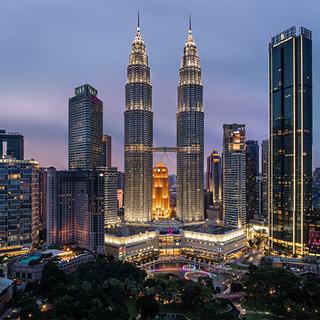






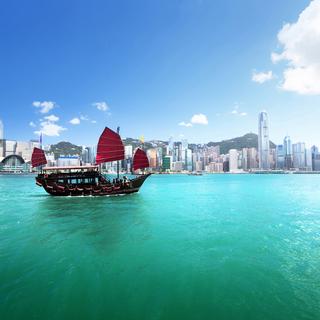




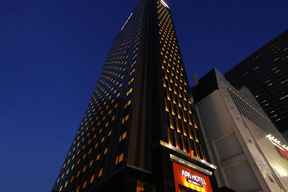


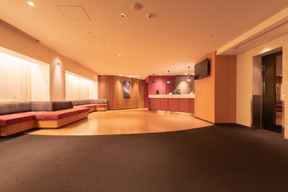



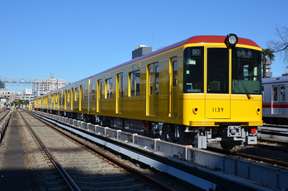










 Facebook
Facebook Instagram
Instagram TikTok
TikTok Youtube
Youtube Telegram
Telegram
